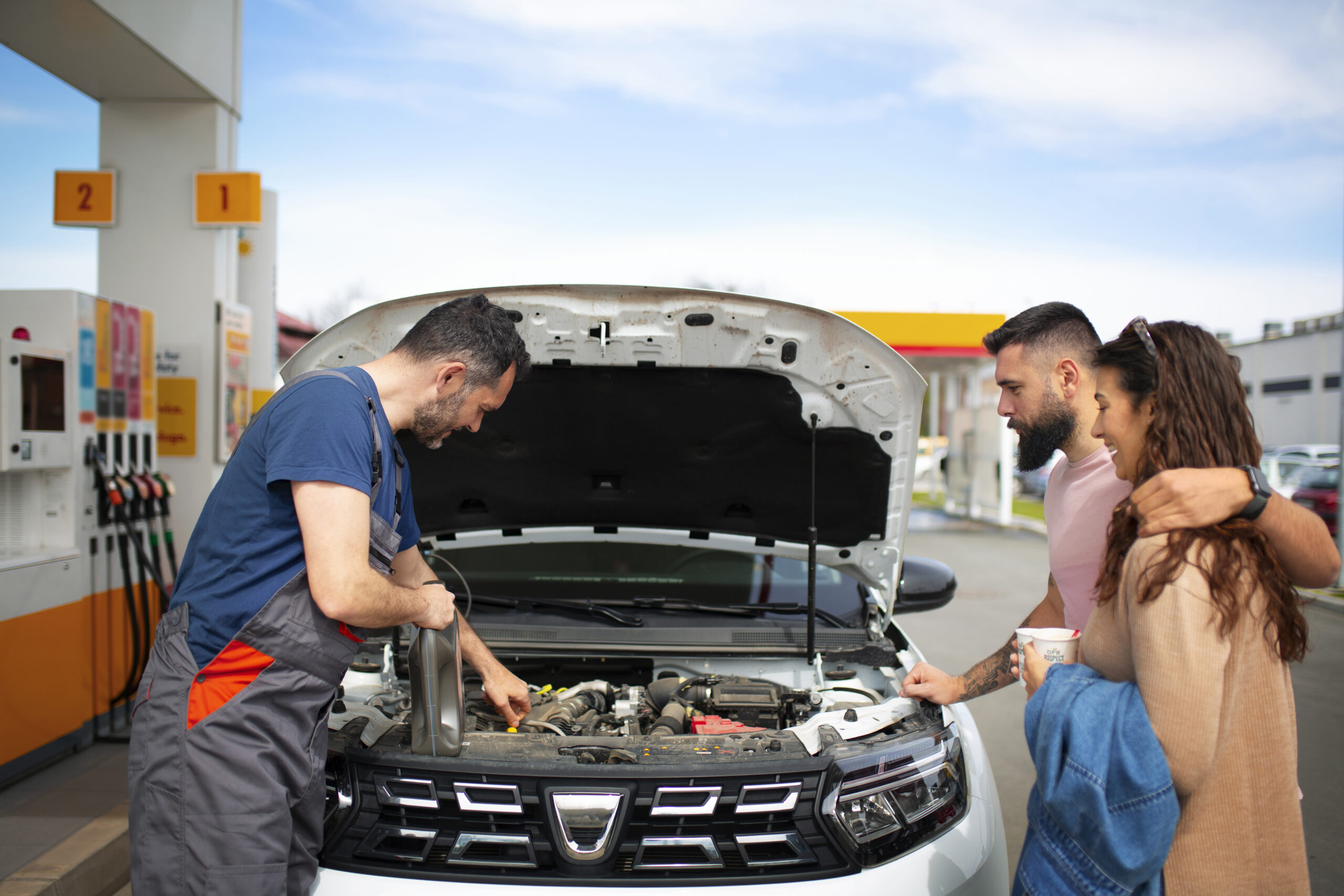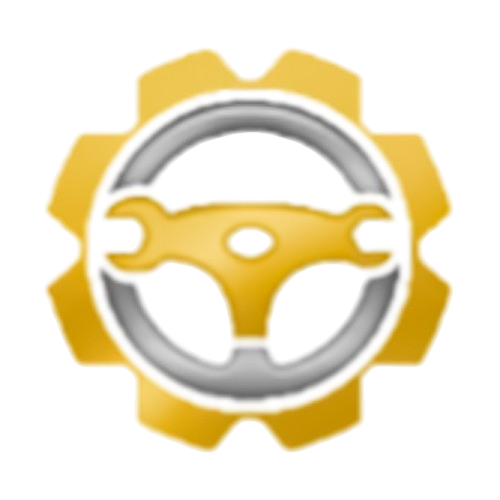Table of Contents
Purchasing used car parts is a smart and cost-effective solution for maintaining your vehicle. Whether you’re repairing an old car or replacing a malfunctioning component, used car auto parts can offer significant savings over new parts. However, buying used auto parts can come with its own set of challenges and risks. Understanding common mistakes and learning how to avoid them can ensure you get reliable and high-quality components.
In this comprehensive guide, we will explore the top mistakes to avoid when buying used car parts and provide practical tips for making successful purchases. From understanding the importance of compatibility to identifying trustworthy sources, we’ll cover essential aspects to help you make informed decisions. Additionally, we will discuss where to find reliable used car parts and how to avoid low-quality components to get the best value for your money.
Common Mistakes in Buying Used Auto Parts
When shopping for used car parts, several common mistakes can lead to dissatisfaction or even damage to your vehicle. By being aware of these pitfalls, you can navigate the market more effectively and make better purchasing decisions.
Ignoring Compatibility
One of the most critical mistakes when buying used car parts is ignoring compatibility. Used car auto parts from different models, years, or makes may not fit your vehicle correctly. For example, if you’re sourcing used Ford car parts, it’s essential to verify that the part is compatible with your specific Ford model and year. Misjudging compatibility can lead to issues such as poor performance, mechanical failures, or even damage to your vehicle. Always double-check the part numbers and specifications to ensure a proper fit.
Not Inspecting the Part Thoroughly
Used car parts can vary significantly in condition. A part that looks fine externally might have hidden damage or excessive wear. Not inspecting the part thoroughly before purchasing is a common mistake. Always request detailed photos or a video of the part from the seller. Examine these images closely for any signs of damage, rust, or excessive wear. If possible, inspect the part in person to assess its condition more accurately.
Overlooking the Warranty
Warranties and return policies are crucial when buying used auto parts. Many sellers offer warranties to protect buyers if the part turns out to be defective or incompatible. Overlooking this aspect can leave you without recourse if the part fails. Ensure that the seller provides a clear warranty or return policy. This will give you peace of mind and allow you to return or exchange the part if necessary.
Not Considering the Source
The source from which you purchase used car parts can significantly impact their quality. Purchasing from unverified or unreliable sources increases the risk of receiving low-quality or counterfeit parts. Opt for reputable sellers such as used auto parts pro or well-established online marketplaces specializing in used auto parts USA. These sources are more likely to offer high-quality components and reliable customer support.
Ignoring the Part’s History
Understanding the history of a used part is essential for assessing its condition and potential issues. Parts from vehicles involved in accidents or exposed to harsh conditions may have hidden problems. Always ask the seller for details about the part’s history, including its previous use and any known issues. This information can help you make a more informed decision about the part’s suitability and reliability.
Failing to Compare Prices
Prices for used car auto parts can vary widely based on factors such as the seller, part condition, and market demand. Failing to compare prices can result in overpaying. Use online tools and marketplaces to compare prices for the used car parts you’re interested in. This will help you find the best deal and ensure you’re not paying more than necessary.
Disregarding Installation Costs
When buying used car parts, it’s easy to overlook the cost of installation. While the part itself might be affordable, professional installation can add significant costs. If you’re not installing the part yourself, get quotes from mechanics or installation services before making your purchase. This will give you a clearer picture of the total expense involved in the replacement.
Overlooking Return Policies
Having a return policy or warranty can be crucial if the used part doesn’t fit or function as expected. Ensure that the seller offers a flexible return policy or warranty. This provides protection and peace of mind in case the part fails to meet your expectations or is not compatible with your vehicle.
Not Researching the Seller
The reputation of the seller is a key factor when buying used car parts. Failing to research the seller can result in purchasing from a disreputable source. Look for sellers with positive reviews and a history of customer satisfaction. Pro auto parts dealers and established online platforms are generally more reliable and offer better quality parts.
Skipping the Test Fit
If possible, test-fitting the part before purchase can ensure that it fits correctly and functions as expected. Skipping this step can lead to compatibility issues or the need for modifications. If test-fitting isn’t feasible, ensure you get detailed specifications and confirm compatibility with your vehicle.
How to Avoid Low-Quality Parts
Ensuring the quality of used car parts is essential for maintaining your vehicle’s performance and safety. Here are strategies to help you avoid low-quality components:
Choose Reputable Sellers
Selecting reputable sellers is one of the most effective ways to avoid low-quality used car parts. Pro auto parts dealers and trusted online marketplaces specializing in used auto parts USA are more likely to provide high-quality components. Look for sellers with positive feedback, reviews, and a history of customer satisfaction.
Check Part Condition
Inspecting the condition of used car parts is crucial. Look for signs of wear, damage, or corrosion. Parts showing visible signs of neglect or damage may not perform well and could fail soon after installation. Request detailed photos or videos of the part and carefully evaluate its condition before purchasing.
Verify Authenticity
Counterfeit or imitation parts can be a problem in the used car parts market. Ensure that the parts you buy are genuine and not knockoffs. Verify part numbers and check for any identifying marks or labels. Reputable pro auto parts dealers often provide documentation or proof of authenticity to confirm the part’s legitimacy.
Research the Part’s History
Understanding the history of the used part can provide valuable insights into its quality. Ask the seller about the part’s previous use, repairs, and overall condition. Avoid parts with a known history of problems or extensive wear. This information can help you assess whether the part is likely to perform reliably.
Compare with New Parts
Comparing used parts with new ones can give you a better idea of their quality and condition. If the used part shows significant wear compared to a new part, it might not be worth purchasing. Consider the cost difference between new and used parts and weigh the potential risks involved.
Where to Buy Reliable Used Car Parts
Finding reliable sources for used car parts is crucial for ensuring quality. Here are some options to consider:
Pro Auto Parts Dealers
Pro auto parts dealers specialize in used car parts and often provide high-quality components. These dealers typically offer warranties or return policies and have established systems to ensure the reliability of their parts. Choosing a pro auto parts dealer can give you confidence in the quality of the parts you purchase.
Online Marketplaces
Trusted online marketplaces specializing in used auto parts USA are excellent sources for finding reliable parts. Platforms like eBay Motors, Car-Part.com, and PartsGeek offer a wide range of used parts and often include reviews and ratings to help you make informed decisions. Online marketplaces provide convenience and access to a broad inventory of used car parts.
Salvage Yards
Salvage yards or junkyards can be valuable sources of quality used car parts. Many of these establishments disassemble vehicles and sell parts with verified conditions. Choose a reputable salvage yard with a good track record to ensure the parts’ quality. Salvage yards can offer a cost-effective solution for finding used car parts.
Automotive Forums and Communities
Automotive forums and online communities can help you find used car parts and reliable sellers. Members often share recommendations, reviews, and experiences, guiding you toward trustworthy sources. Engaging with automotive communities can provide valuable insights and connections for finding quality used parts.
Local Auto Parts Stores
Some local auto parts stores offer used car parts. Check their inventory and reputation to find reliable parts that meet your needs. Local stores can provide a convenient option for purchasing used parts and offer personalized service.
Conclusion
Navigating the market for used car parts requires careful consideration and awareness of potential pitfalls. By avoiding common mistakes, assessing part quality, and choosing reputable sources, you can make informed decisions and enjoy the benefits of used auto parts in the USA. Remember to factor in compatibility, inspect parts thoroughly, and consider installation costs to ensure a successful purchase. With these tips, you can confidently find the right used car auto parts for your vehicle and keep it running smoothly
FAQ
Yes, used car parts can be reliable if sourced from reputable sellers such as Used Auto Parts Pro, salvage yards, or trusted online marketplaces. Always inspect the part’s condition, verify compatibility, and check for warranties before purchasing.
Always verify the part number, make, model, and year of your vehicle. Cross-check the specifications provided by the seller and, if possible, request a test fit. Using incompatible parts may lead to performance issues or even damage.
It’s not recommended. A warranty or return policy provides protection in case the part doesn’t fit or fails after installation. Many reputable dealers and marketplaces offer limited warranties on used parts.
Buying from unverified sellers increases the risk of receiving low-quality, counterfeit, or damaged parts. Always research the seller, check reviews, and prefer well-known auto parts dealers or marketplaces.
Used Auto Parts Pro
Online marketplaces
Reputable salvage yards with verified inventory
Automotive forums
Local auto parts stores
Compare prices across multiple sellers and platforms. Price variations are common depending on the part’s condition and demand. Doing your research ensures you don’t pay more than necessary.
Apart from the part cost, factor in installation costs, shipping fees, and potential modifications. If you’re not installing the part yourself, always get labor quotes from mechanics beforehand.
Absolutely. For older vehicles, used parts are often the most practical and affordable solution. They allow you to keep your car running without overspending on expensive new components.





